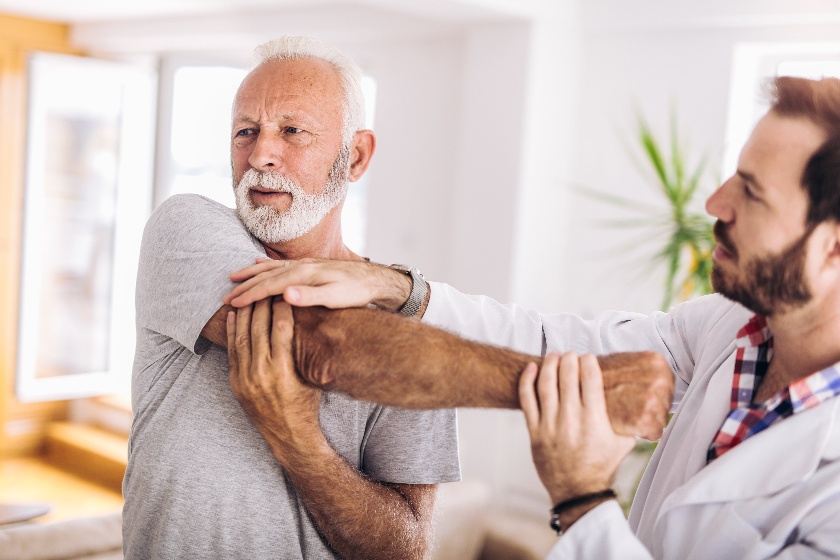Exploring the Effect of Manual Treatment Methods on Alleviating Muscle and Joint Pain and Improving Patient Outcomes
Exploring the Effect of Manual Treatment Methods on Alleviating Muscle and Joint Pain and Improving Patient Outcomes
Blog Article
Hands-on therapy methods are hands-on approaches used by healthcare professionals to address musculoskeletal pain. These techniques include different forms of manipulation and mobilization of the human muscles and joints. The objective of hands-on treatment is to relieve pain, enhance movement, and boost overall function. Many individuals experience musculoskeletal discomfort due to injuries, poor posture, or conditions like arthritis. By using hands-on therapy, therapists aim to address these concerns and help clients regain their standard of living.
One common hands-on treatment method is vertebral adjustment. This method involves applying controlled force to the spine to enhance alignment and reduce discomfort. Studies has demonstrated that vertebral adjustment can be beneficial in treating lower spinal discomfort and cervical discomfort. Another method is gentle connective tissue manipulation, which concentrates on reducing tightness in the muscle tissue and soft structures. This can help alleviate stiffness and improve flexibility, making it easier for patients to move without discomfort. Both methods can be tailored to meet the individual needs of each patient, ensuring a personalized approach to treatment.
In furthermore to pain relief, hands-on treatment can improve client results in various aspects. For example, it can improve circulation, which helps deliver nutrients and essential elements to the injured areas of the system. Improved circulation can also promote healing and reduce swelling. Furthermore, hands-on treatment can help clients gain enhanced body awareness, which is crucial for preventing future injuries. By understanding how their bodies move, clients can make better informed choices about their activities and posture, leading to long-term advantages.
The efficacy of manual therapy is often supported by patient feedback. Many patients indicate notable improvements in their discomfort intensity and overall function after undergoing treatment. This positive reaction can lead to increased motivation for clients to engage in physical activity and recovery programs. When clients feel better, they are more likely to engage in their rehabilitation journey, which can additionally enhance their outcomes. This cooperative method between the provider and the client is crucial for achieving lasting results.
In summary, hands-on treatment methods play a pain relief through guided relaxation critical role in alleviating musculoskeletal pain and enhancing patient outcomes. By using methods such as vertebral adjustment and soft connective tissue manipulation, medical providers can help patients regain movement and alleviate discomfort. The advantages of manual therapy extend further than instant pain relief, as it also encourages recovery and encourages patients to take an active role in their rehabilitation. As an increasing number of people look for efficient therapies for muscle and joint issues, manual treatment remains to be an important option in the realm of healthcare.